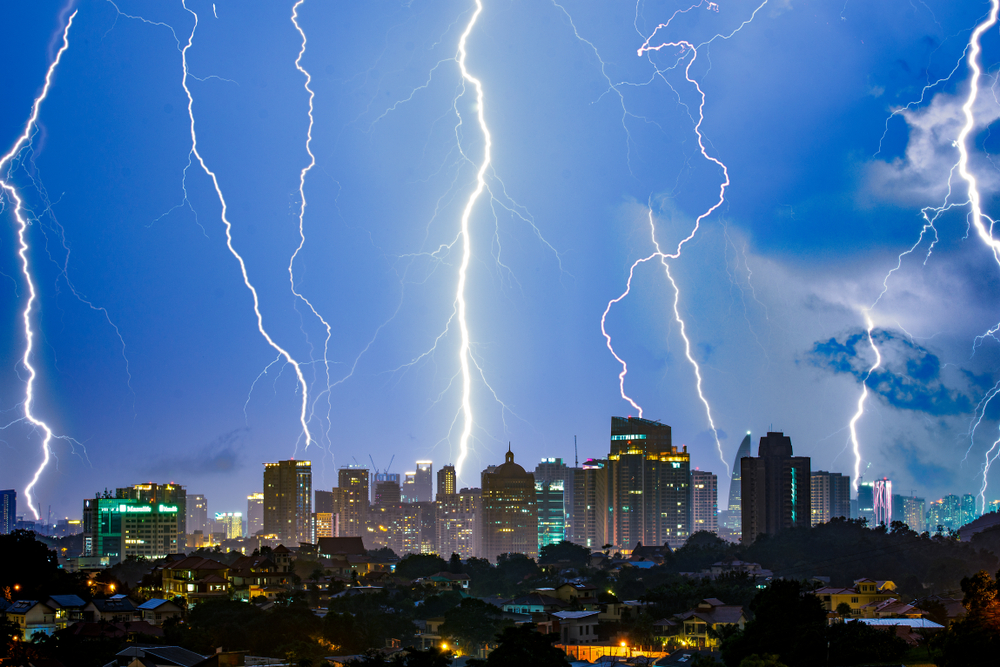Storm Season: Risk Management from an OHS Perspective

With storm season is just around the corner, it’s important for Occupational Health and Safety (OHS) professionals to be prepared for wet weather and hazardous conditions.
Being vigilant and maintaining safety during this time can assist you in reducing the risk of injuries and disruptions to your organisation.
Outline the risks:
It’s vital for your organisation to have an up-to-date risk management plan. This Having a plan in place will help to reduce the risk of injuries during hazardous conditions.
We have outlined some steps for your organisation to follow, as a guide throughout the storm season:
- Identifying hazards – provide information on protective measures for standard clean-up hazards
- Assess risk levels – establish the likelihood of exposure to the hazard, and the consequences if exposed
- Control the risks – ascertain risks and establish control measures, using the hierarchy of controls.
- Review the control measures – to determine the effectiveness of the control implemented and to ensure you haven’t introduced a new risk.
The lead up to storm season is a great opportunity to review your Disaster Risk Management Plan, grab our plan here and start putting your plan in place. A business without a disaster risk management plan can suffer damage to property and put the lives of their employees at risk.
A good disaster risk management plan can assist in minimising damage, maintaining business continuity and ensuring employees are out of harm’s way.
Post Storm Clean-up:
When a storm or hazard does strike, it’s critical to safely clean up after the event.
Some steps may include:
- Keep your distance from any fallen powerlines and report and damaged, low or fallen powerlines to emergency services.
- Listen to your local station for weather updates and advice.
- Stay away from switchboards if they are damaged by fire, water or if lightning is close.
- Avoid getting on the roof if you have a solar power generating system.
- Stay away from conductive material that may be lying around such as street lights, foil insulation, electrical signs and cables.
- If power is lost, get in touch with your local electrical distribution entity.
- Only use a licensed electrical contractor to complete electrical work.
Know how to address slips, trips and falls:
Hazardous conditions can increase the chances of slip, trip and fall injuries. There are simple steps you and your employees can take to reduce the number and severity of these injuries.
Addressing these hazards is critical as in addition to workers’ compensation costs, there are physical, financial and emotional costs for the injured employee and their family. For example, a workplace injury typically affects injured employees’ well being due to limiting their leisure and home activities.
To address slips, trips and falls:
- Check that work areas have adequate light.
- Get employees to wear appropriate footwear with grip.
- Ensure work areas are as dry and clear as possible.
- Avoid climbing on surfaces and objects, use necessary equipment such as ladders wherever it’s safe to do so.
These steps can assist your organisation to minimise damage, maintain business continuity and ensure employees are out of harm’s way when a hazardous event arise.

